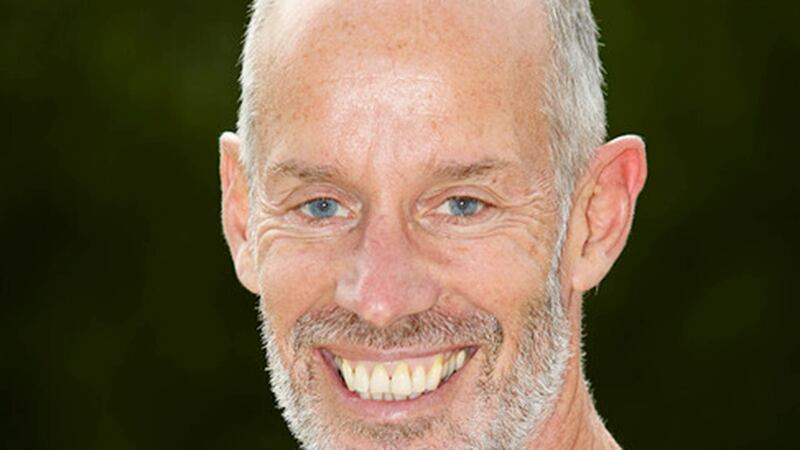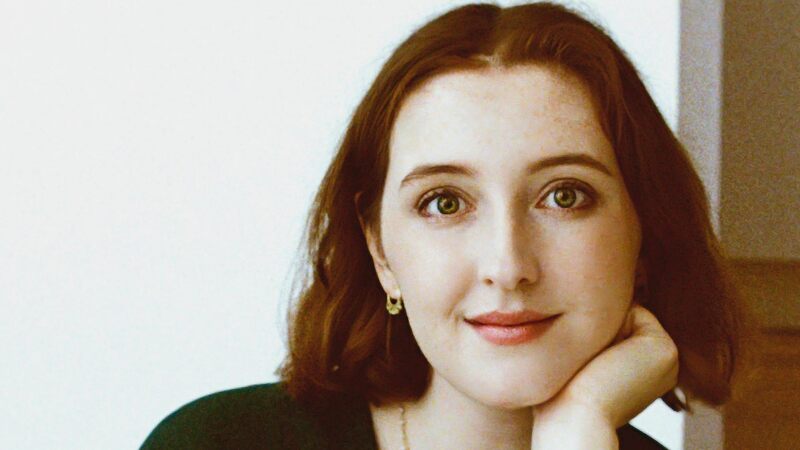You are viewing your 1 free article this month. Login to read more articles.
Gerald Scarfe: Sticking the pen in
Gerald Scarfe, whose needle sharp caricatures have burst many an inflated ego, learned a valuable lesson early in his career about portraits and propaganda. The experience bears fruit this autumn in a book that has already created headlines in the gossip columns.
In the House of Commons, on assignment from the Times to draw Sir Winston Churchill in his last days as an MP, the young Scarfe was shocked by the sight of the statesman. "Up until then I had seen Churchill in a very iconic way. He was always depicted as this bulldog, standing on the White Cliffs, defying the Hun, with a cigar clenched between his teeth, giving the V sign."
The reality stunned him. "When he walked into the House of Commons, he was obviously very old and senile. It was such a shock, because through the newspapers and newsreel we had all been fed the image of this iconic figure."
Portraiture, he realised, is part of the propaganda machine, and for an artist with the satirical eye of Scarfe, it is too tempting a target to resist. Forty years on, the National Portrait Gallery has given him the opportunity to take aim and fire in Heroes&Villains (National Portrait Gallery Publications, 29th September, £20, 1855143380).
"The business of being a portrait painter is slightly sycophantic," Scarfe says, "because you are paid by the court, the king or the sitter to portray them." He hopes his caricatures will reveal the truth about his subjects.
The book juxtaposes Scarfe's iconoclastic images of great Britons living and dead against their portrait in the NPG. Each image is accompanied by an essay by an equally illustrious name arguing for or against their subject. Mo Mowlam lauds Delia Smith, Lynn Barber attacks Prince Charles, and Ian Rankin pays homage to John Logie Baird while castigating Agatha Christie. Norman Tebbit reveals Oliver Cromwell as his hero.
The book will be accompanied by an exhibition at the National Portrait Gallery and a documentary on BBC4 and possibly BBC2. It is the lead autumn title in a growing programme of trade publishing by the NPG, and a brave project for the institution to embark upon








